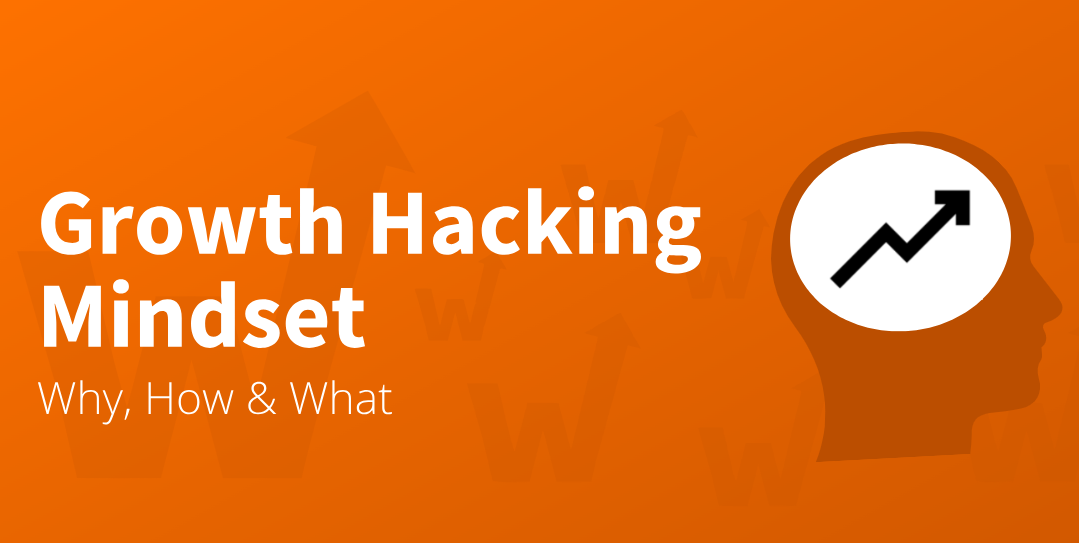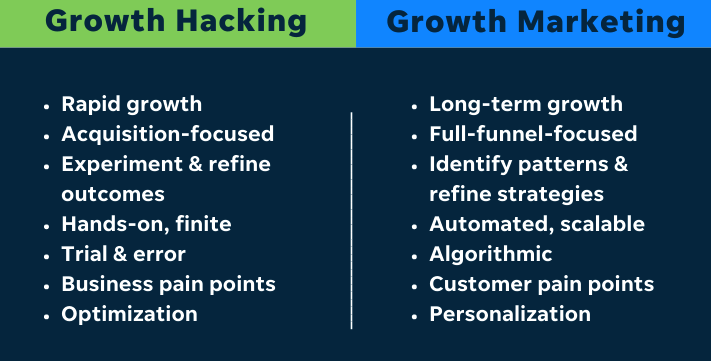
As the technology landscape continues to evolve, it’s becoming increasingly important for businesses to find new and effective ways of achieving growth. Enter growth hacking, a marketing strategy that uses experimentation and analytics to drive growth quickly and efficiently. In this article, we’ll explore 20 top growth hacking strategies for technology businesses looking to ramp up their growth efforts.
Understanding Growth Hacking
What is Growth Hacking?
Growth hacking is a data-driven process of identifying and implementing growth opportunities through experimentation and rapid iteration. It’s about finding new and innovative ways to attract and retain customers, increase revenue, and build brand awareness. In many cases, growth hacking involves using unconventional or non-traditional marketing strategies to achieve these goals quickly and cost-effectively.
One example of growth hacking is Dropbox’s referral program, which rewarded users with extra storage space for referring new users. This strategy helped Dropbox grow from 100,000 users to over 4 million in just 15 months.
Another example is Airbnb’s use of Craigslist to acquire new users. By cross-posting their listings on Craigslist, Airbnb was able to tap into a large audience of potential customers without spending a dime on advertising.
The Importance of Growth Hacking in Technology
Technology is an industry that’s constantly changing and evolving, making it critical for businesses to be agile and adaptable. Growth hacking provides a framework for achieving rapid growth in a way that’s aligned with the fast-paced nature of the tech industry. By leveraging data and experimentation, technology businesses can quickly identify opportunities for growth and capitalize on them.
One way that technology companies can use growth hacking is by leveraging social media. By creating viral content that resonates with their target audience, companies can quickly gain traction and attract new users. For example, Dollar Shave Club’s viral video, “Our Blades Are F***ing Great,” helped the company acquire over 12,000 new customers in the first 48 hours after its release.
Another growth hacking strategy for technology companies is to use A/B testing to optimize their website or app. By testing different variations of their product, companies can quickly identify what resonates with their users and make changes accordingly. For example, Airbnb used A/B testing to optimize their website’s search function, resulting in a 30% increase in bookings.
In conclusion, growth hacking is a powerful strategy for businesses looking to achieve rapid growth in a cost-effective way. By leveraging data and experimentation, businesses can quickly identify growth opportunities and capitalize on them. In the fast-paced world of technology, growth hacking is especially important, as it provides a framework for achieving rapid growth in a way that’s aligned with the industry’s constantly changing landscape.
Building a Solid Foundation
Building a solid foundation is crucial for the success of any business. Growth hacking is a popular approach that many businesses use to achieve rapid growth. However, to effectively growth hack your business, you need to start by laying a strong foundation. Here are a few key steps to help you do just that:
Identifying Your Target Audience
One of the keys to effective growth hacking is knowing exactly who your target audience is. This includes understanding their demographics, psychographics, and behaviors. Once you have a clear understanding of your target audience, you can tailor your growth hacking efforts to better resonate with them.
For example, if your target audience is primarily millennials, you may want to focus on social media platforms like Instagram and Snapchat to reach them. On the other hand, if your target audience is older professionals, LinkedIn and email marketing may be more effective.
Defining Your Value Proposition
Your value proposition is the unique benefit that your product or service provides to your customers. It’s important to clearly define your value proposition so that you can effectively communicate it to your target audience. This will help you stand out from your competitors and attract more customers.
One way to define your value proposition is to identify the specific problem that your product or service solves for your customers. For example, if you sell a meal delivery service, your value proposition may be that you provide healthy and convenient meals for busy people who don’t have time to cook.

Establishing Your Brand Identity
A strong brand identity is essential for building trust with your customers and establishing credibility in your industry. This includes things like your logo, brand colors, and messaging. By establishing a strong brand identity, you can create a consistent and recognizable presence in the marketplace.
When establishing your brand identity, it’s important to consider your target audience and the values that your brand represents. For example, if your target audience is environmentally conscious, you may want to use eco-friendly materials in your packaging and marketing materials.
By following these steps, you can lay a strong foundation for your business and set yourself up for success.
Data-Driven Decision Making
Data-driven decision making involves using data to make informed decisions. This is a core tenet of growth hacking, as it allows you to gain valuable insights into how your customers are interacting with your product or service. By analyzing user behavior, you can determine what is working well and what needs improvement. This can inform everything from product development to marketing strategies.
Analyzing User Behavior
One of the most important ways to use data to inform your decisions is by analyzing user behavior. By tracking how users interact with your product or service, you can gain insights into what features or content are most popular, what areas need improvement, and what might be causing users to leave or lose interest. This information can help you make decisions about how to improve your product or service, as well as how to target your marketing efforts.
For example, if you notice that users are spending a lot of time on a particular feature of your product, you might consider expanding that feature or creating more content around it. Alternatively, if you notice that users are frequently abandoning your website at a particular point in the user journey, you might consider making changes to that part of the site to make it more engaging or user-friendly.
A/B Testing for Optimization
A/B testing is another powerful tool for using data to optimize your marketing efforts. This involves creating two or more versions of a marketing campaign (such as an email newsletter or landing page) and analyzing the results to determine which version performs better. By testing different variations of your marketing materials, you can determine what resonates best with your audience and optimize your campaigns for maximum impact.
For example, you might create two versions of an email newsletter with different subject lines or calls to action, and send each version to a different segment of your audience. By tracking open rates, click-through rates, and other metrics, you can determine which version performed better and use that information to improve your future campaigns.
Leveraging Analytics Tools
There are a variety of analytics tools available that can help you track and analyze user behavior, website traffic, and more. By using these tools, you can gain valuable insights into your audience and make data-driven decisions to drive growth.
For example, Google Analytics is a popular tool for tracking website traffic and user behavior. It can help you understand how users are finding your site, what pages they are visiting, and how long they are staying on each page. Other tools, such as Mixpanel or Amplitude, offer more advanced analytics capabilities, such as tracking user behavior within your product or service.
By leveraging these tools, you can gain a deeper understanding of your audience and make more informed decisions about how to improve your product or service and optimize your marketing efforts.
Content Marketing Strategies
Creating High-Quality, Shareable Content

Content marketing is a powerful way to attract and retain customers. By creating high-quality, shareable content, you can establish yourself as a thought leader in your industry and build trust with your audience. This can lead to increased website traffic, social media engagement, and ultimately, conversions.
Utilizing SEO Best Practices
Search engine optimization (SEO) is the process of optimizing your website to rank higher in search engine results pages (SERPs). By using SEO best practices, you can improve your website’s visibility and attract more organic traffic. This can lead to increased brand awareness and conversions.
Leveraging Social Media Platforms
Social media platforms like Facebook, Twitter, and LinkedIn provide powerful opportunities for reaching your target audience. By posting engaging content and interacting with your followers, you can build a strong social media presence and drive traffic to your website.
By implementing these 20 growth hacking strategies, technology businesses can achieve rapid growth and establish a strong presence in their respective industries. By leveraging data, experimentation, and innovative marketing techniques, businesses can stay ahead of the curve and win in the fast-paced world of technology.
